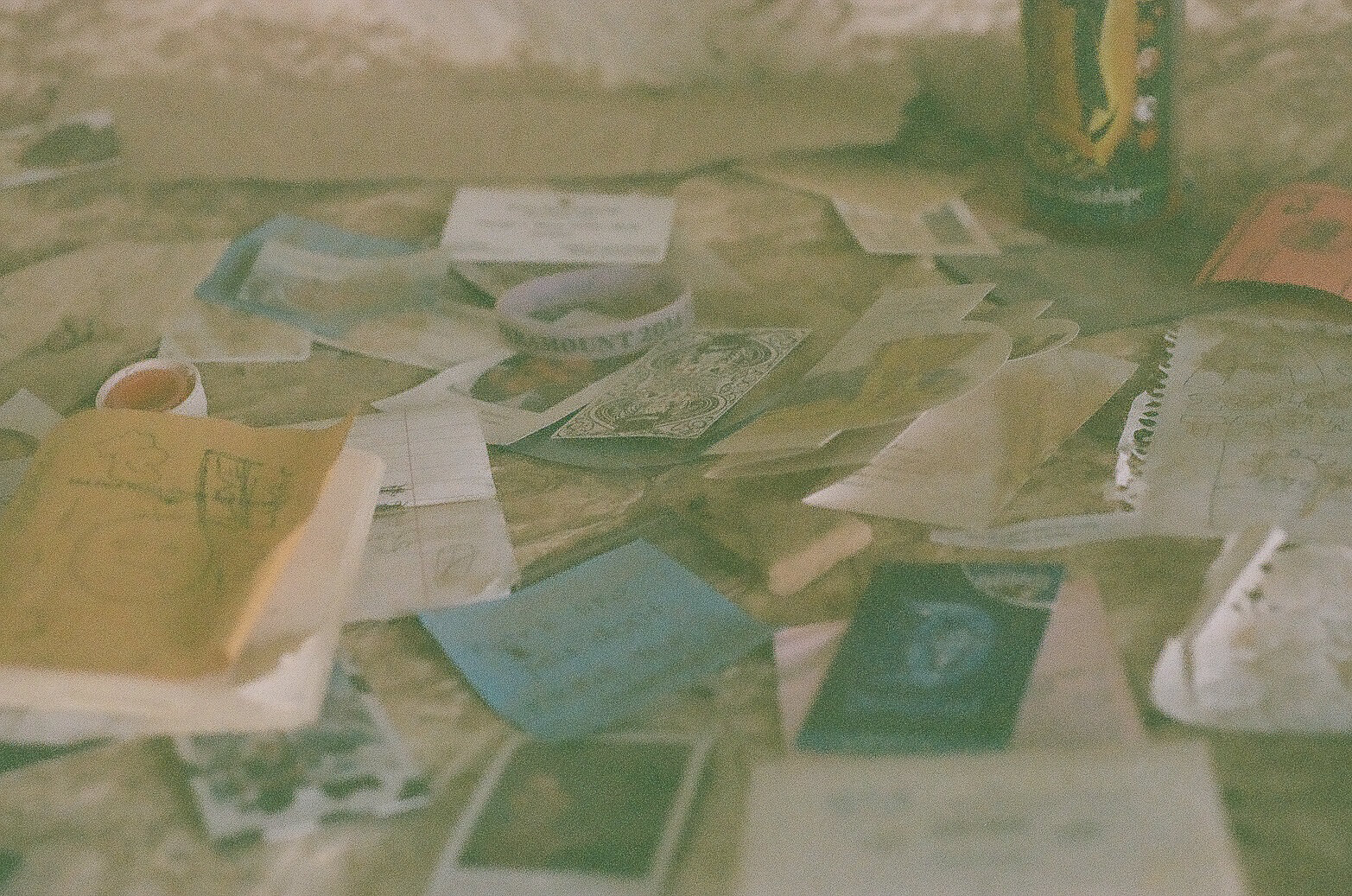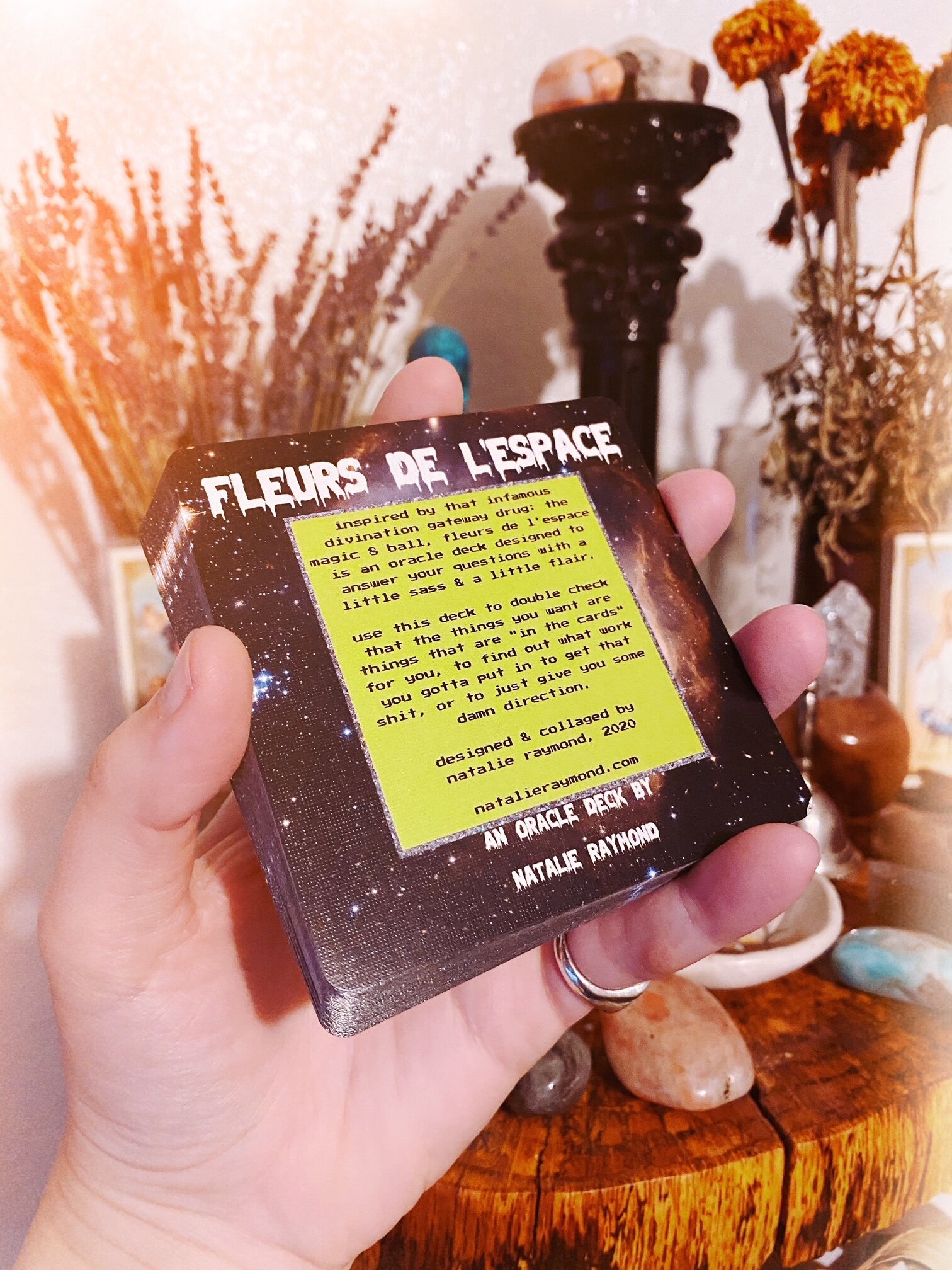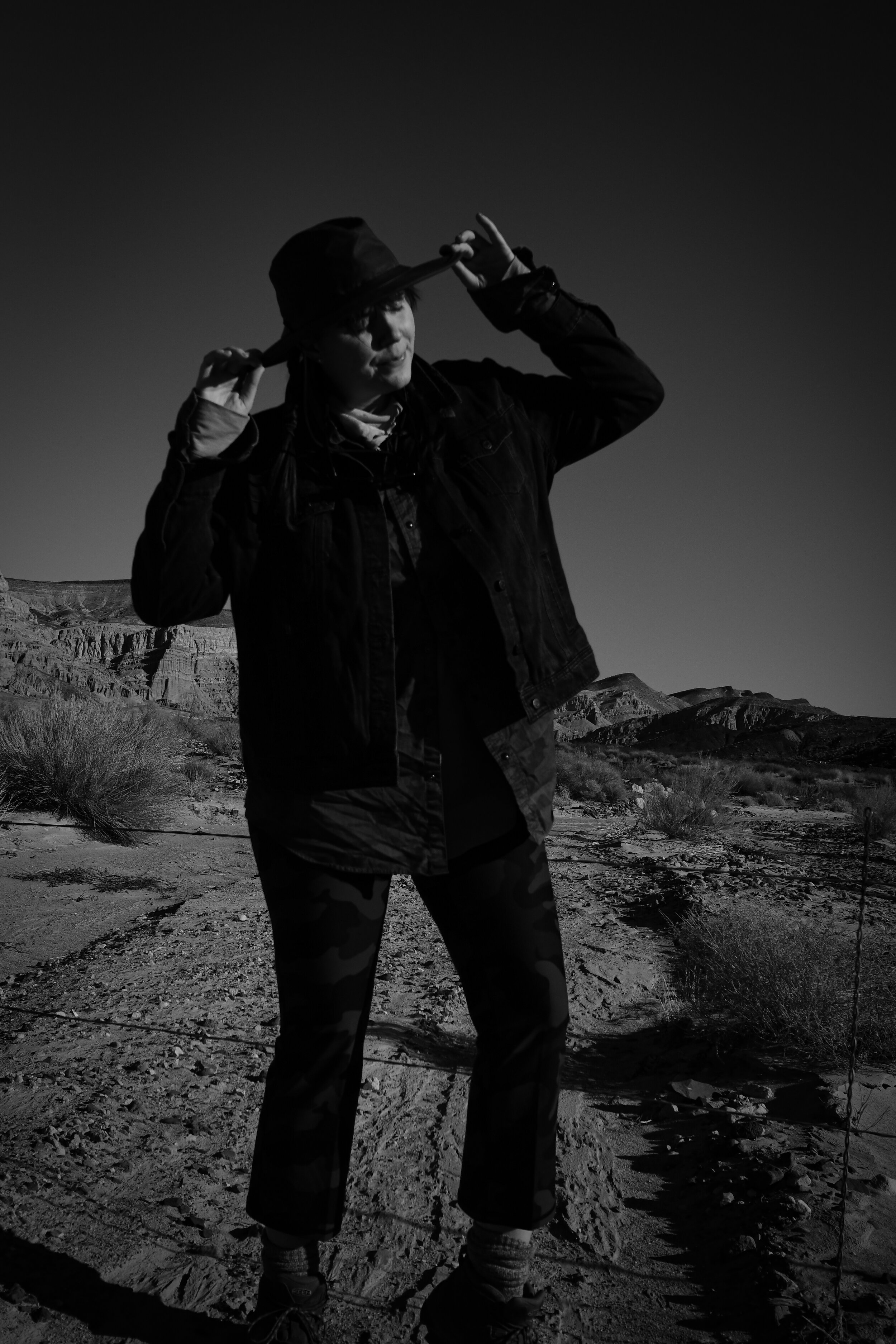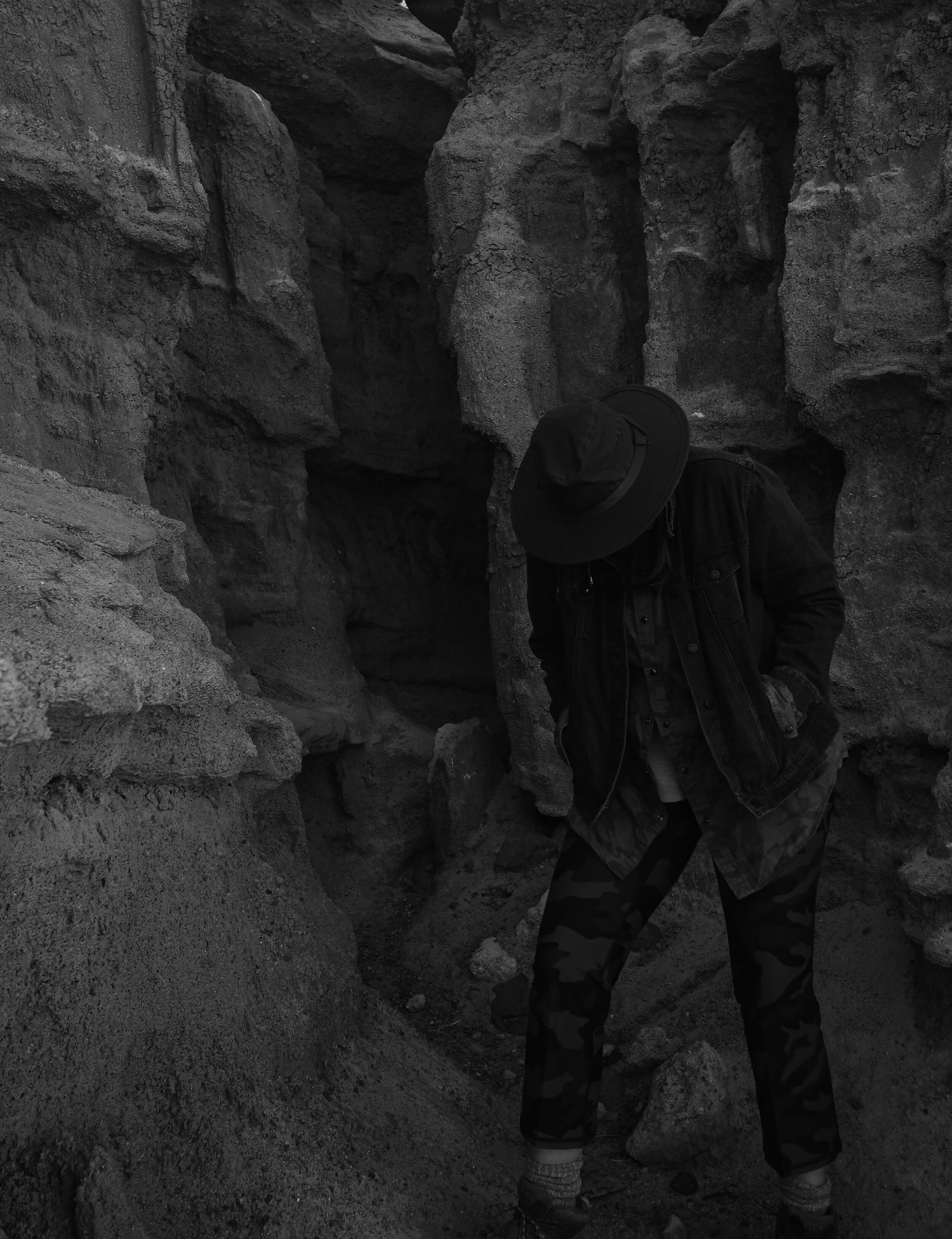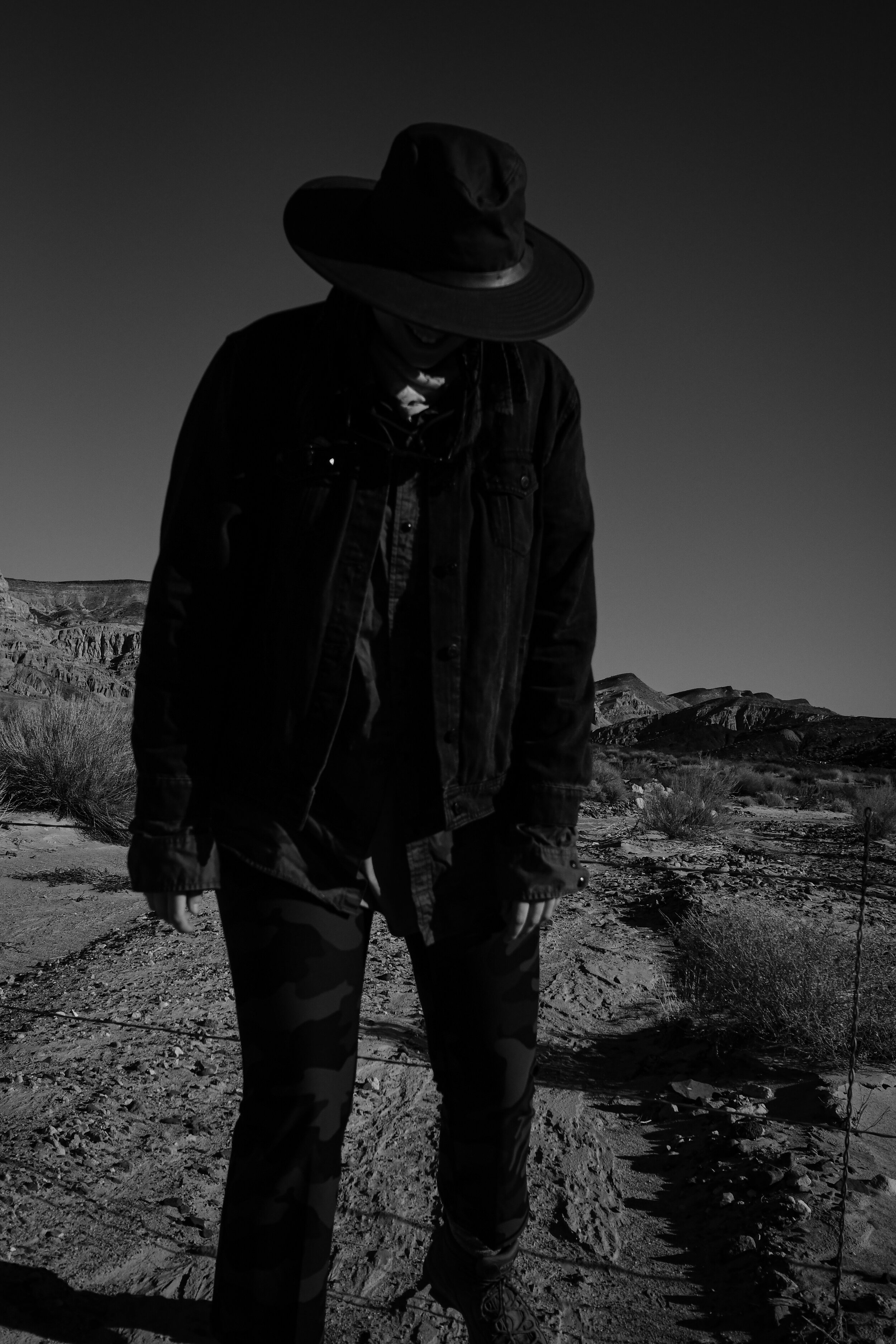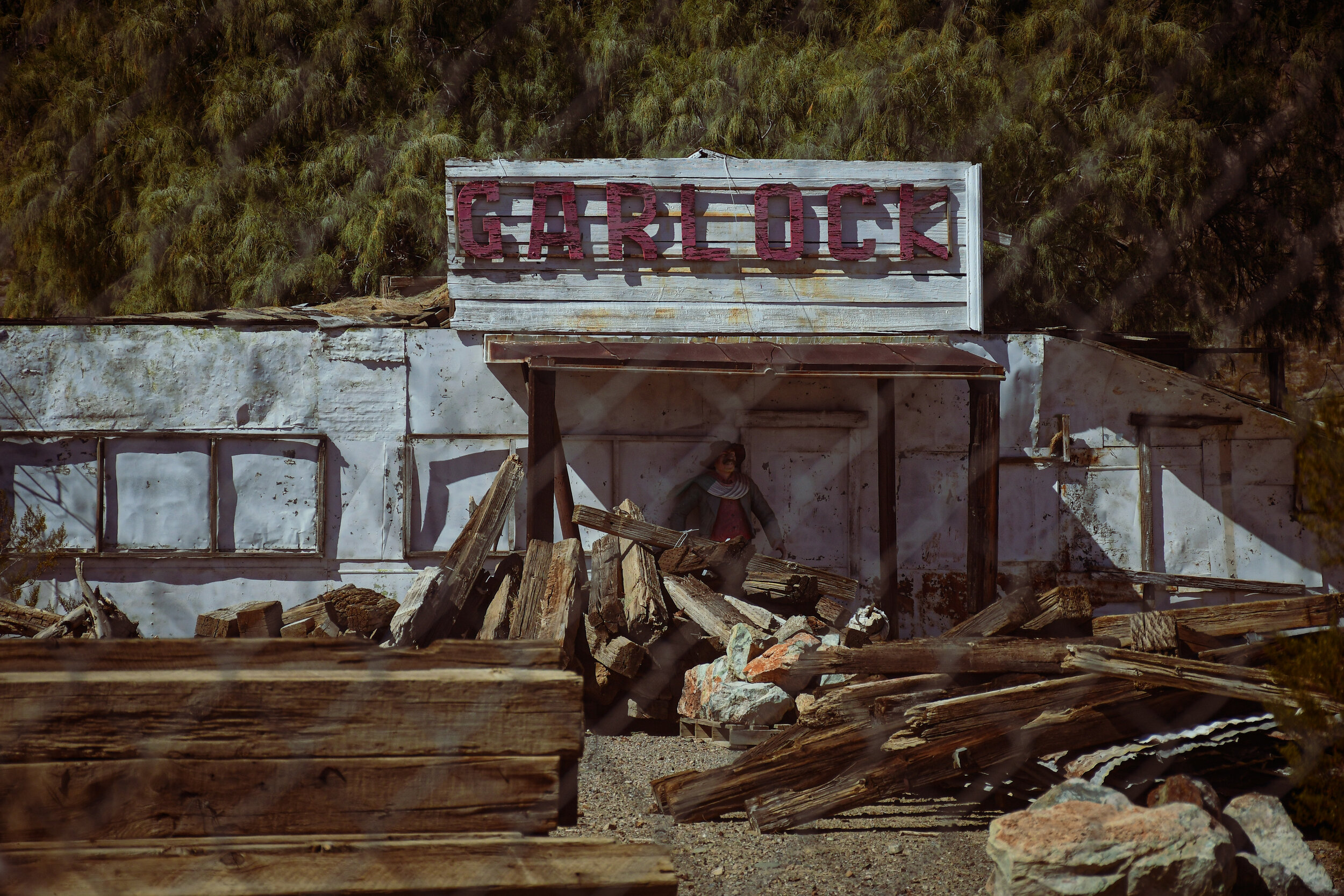big morongo canyon preserve is one of the 10 largest cottonwood & willow riparian habitats in california. managed by the bureau of land management, the reserve is a 31,000 acres. it is located in the transition zone between the mojave desert & the colorado desert.
october
one second every day.
october 2021.
signs & greens
hollywood, california 2021
september 2021
one second every day.
august 2021
one second every day for the month of august. a tiny record of a tiny life.
salvation
recently I found a handful of rolls of used film. with no memory of what might be on these I sent them off the be developed. this selection is from a road trip to salvation mountain about 5 years ago.
wild west
a moment in time in the hollywood hills.
shot on 35mm kodak film.
fresno
a few film shots from a road trip to fresno, 2019. getting re-interested in film at the moment. the textures make everything feel like a dream.
stages
a little longer than expected
spent some time yesterday lost in the mojave in red rock canyon state park. things could have gone very badly, but I had adequate supplies & the skills to navigate my way out & back to the highway. but it turned my 5ish mile morning hike turned into a 10+ mile trek.
I love the desert & a big part of that is the way it can be both dangerous & beautiful, as well as its unpredictability. the desert can be a hostile place but it’s also thriving & full of life. I still love the desert, but I’ll take a break from 10 mile hikes for a couple of weeks at least!
now on sale: fleurs de l'espace oracle deck!
Over the past year I’ve been working on creating an accessible & easy to use oracle deck for card readers of all skill levels & today that deck–Fleurs de L’Espace–is released for purchase!
I created this 33 card collage deck inspired by my 90s childhood intro to divination: the Magic 8 Ball. I wanted to create an oracle deck that was cool as hell but also easy to use–so that anyone could use it to get started on their cartomancy journey. This deck is all about building your intuition without the rules & regulations we sometimes ascribe to oracle cards of all types. There is no guide book, no rules, & your interpretations can go as deep as you feel is right! Use it as quick way to answer daily yes or no questions (it's small enough to carry in your bag) or sit with its short words & phrases a bit longer to dig into how you really feel about a topic. Fleurs de L'Espace is for everyone, from beginners wanting to get their divination feet wet to advanced readers who want an easy-to-use daily deck.
It was important to me to make the deck as accessible as possible, so I strove to keep the price point below $40. To save on overhead costs, you can purchase your copy of Fleurs De L’espace directly from the printer!
Vaccine Walk
two weeks ago I got my second dose of the covid-19 vaccine. a relief. for both shots I' walked the 2ish miles to the vaccination spot, & decided to make a little video about it.
maria sanctus
2021 birthday portraits - mary magdalene.
happy birthday to me!
Oracles
if you know me you know I have been an avid tarot & oracle card reader for nearly two decades. over the past several months I’ve been developing my first original oracle deck to be released to the public. I wanted to create something that was fun & approachable to people with any level of experience reading & working with cards. fleurs de 'l’espace is what I came up with!
this is a 33 card collage deck designed & created by me. it’s meant to be used fast & loose, without the pomp & circumstance some other decks expect. to that end, there is no guidebook & no rules about how you use these funny little flower cards. the deck was inspired by my divination gateway drug: the magic 8 ball, & can be read as straightforward answers to simple questions or explored further, depending on your mood.
fleurs de l’espace will be available for sale SOON. stay tuned to my tarot insta (@nobullshittarot) & website (nobullshittarot.com) for launch details & more card previews on the way.
llano
Perpetual politician Job Harriman lost his 1911 race for mayor of Los Angeles & turned to Antelope Valley to put his socialist principles into practice.
Harriman, along with a handful of other socialist peers, purchased some 9000 acres that had previously belonged to a temperance colony just 45 miles north of Los Angeles in the high desert. The group formed a corporation wherein each had an equal share & set about financing a new socialist colony to show the capitalist outside world what was possible. By 1914 the Llano del Rio company was born.
Membership of the colony was advertised in several nationwide socialist newspapers & required the purchase of 2000 shares in the company at $1 each. Applicants required references & an interview before they were accepted. They needed to be industrious, sober, & caucasian: Llano del Rio was whites only. The company had this to say about their segregation: “the rejection of these applications are not due to race prejudice but because it is not deemed expedient to mix the races in these communities.”
Community members were drawn to the colony on the promise of good wages, vacation days, & the allowance of personal property. These enticements were met only partially & the promised wages of $4 a day never materialized. Despite its goals, Llano was not utopia.
The community’s political stability was threatened by internal power struggles. Governed by a board of directors, Llano’s stockholders & residents (known as the general assembly) began to resent the consolidation of power at the top. Direct democracy also proved to be a logistical issue. Long discussions were held on every aspect of colony life, include when to harvest crops. An inability to reach consensus on a harvest timeline led to some crops rotting in their fields.
Water also proved to be an issue. Though the company had purchased water rights when they acquired the land, they needed to apply to the state for permits to build a dam for irrigation. The California commissioner of corporations, adamantly against socialism, denied the permit request. Neighbors also began to sue the company for water access, most were spurred to action by their dislike of socialist principles.
By late 1917 Llano del Rio was collapsing. Drowning in debt & with more legal troubles on the horizon, the company sought a new location in Louisiana. A handful of colony members made the cross-country move. By 1918 California’s Llano del Rio company had declared bankruptcy. Ruins, directly off the west bound side of route 138, are all that remain of this vision of a socialist future.
cowboy days
early morning desert selfies, channeling wild west vibes.
lake hollywood
hollywood reservoir drawing, 2021
lake hollywood reservoir, also known as simply hollywood reservoir, is located in the hollywood hills in the santa monica mountains.
the reservoir is created by mulholland damn, which was built in 1924 by the los angeles department of water & power. it holds a maximum of 2.5 billion gallons of water, but since 1931 has been kept permanently lowered to a maximum of approximately 1.3 billion gallons. its deepest point is 183 feet.
william mulholland, the dam’s namesake, was an irish american civil engineer & the head of the department of water & power in los angeles. he was the engineer behind several dam projects throughout the state, & he even consulted on nevada’s hoover damn. he was the chief engineer of the los angeles aqueduct, which met with rebellion in owens valley in 1924. there were several attempts to sabotage the aqueduct by local area farmers & ranchers in a period known as the “california water wars”. the rebellion ended, however, with the collapse of the local county bank in 1927.
mulholland was haunted for much of his life by the st. francis dam collapse of 1928. just 12 hours after he & his assistant examined the completed dam it failed, sending 12.4 billion gallons of water in a wall 140 feet high & at speeds of up to 18 miles per hour, rushing into the scattered towns below. the water eventually spilled into the pacific ocean 54 miles from its point of origin. mulholland took full responsibility for the collapse & retired 9 months later. at least 431 people died.
the inquest recommended mulholland not be held criminally liable for the disaster, though in some of his testimony he stated: “whether it is good or bad, don't blame anyone else, you just fasten it on me. if there was an error in human judgment, I was the human, I won't try to fasten it on anyone else.”
mulholland spent the remainder of his life in seclusion, dying in 1935 from a stroke. he is buried in the forest lawn memorial park cemetery in glendale, caifornia.
turn of the mill
previously known as el paso city, cow wells, or eugeneville, the now abandoned garlock was a mining support town which came to life when a farmer from tehachapi–eugene garlock–brought an 8 stamp mill into the area in 1894. at its height the town was home to some 300 residents, including the eccentric burro schmidt–an area miner who spent decades digging a tunnel through the el paso mountains.
by 1898 garlock was losing its luster. the development of stamp mills & support towns nearby in barstow & other places made garlock’s offerings obsolete. by the time a stamp mill was opened in randsburg in 1903, garlock was fading fast. its founder died in 1907, leaving behind a ghost town.
william “burro” schmidt was perhaps garlock’s most well known resident. in the early 1900s he decided to tunnel through the el paso mountains with the stated purpose of creating for himself a “shortcut” between local ore mills & his mining claim nearby. schmidt seems to have fudged the details about the reason for his tunnel, however, since it begins at his homestead & spits out on a 4000 foot high ledge a distance away from his claim. the tunnel, just over half a mile long, took schmidt 36 years to dig using only a combination of hand tools & dynamite.
area residents thought schmidt out of his mind, especially after a road was constructed nearby making the need for a tunnel obsolete. he embraced his status as a crazy tunneler & publicly declared that he was obsessed with the dig & had no intention of stopping. privately, it seems his work was actually much more logical: he was following a thick vein of gold & copper through the mountain.
schmidt never mined the ore he found in his tunnel however. he died in 1954, a high desert legend. the town of garlock was made a california historic landmark in 1958. it is now largely private property & is partially fenced. burro schmidt’s tunnel still exists, managed by the bureau of land management & accessible by a poorly maintained dirt road. entering it is not recommended.
the los angeles dead
journal entries from covid times in los angeles.
details
fun facts:
red rock canyon state park is one of the darkest skies within a 2 hour drive of los angeles, making it an excellent place for amateur astronomy.
the tall thin spires of rock which rise from the desert badlands are called “hoodoos”.
the center of the park is an alluvial plain, caused by the depositing of sediment over millions of years by rivers flowing through the area from higher elevations.
valleys throughout the area were caused by simultaneous or concurrent uplift (due to fault-line activity) & erosion.
several films have been shot here, including many westerns & blockbusters like jurassic park.








